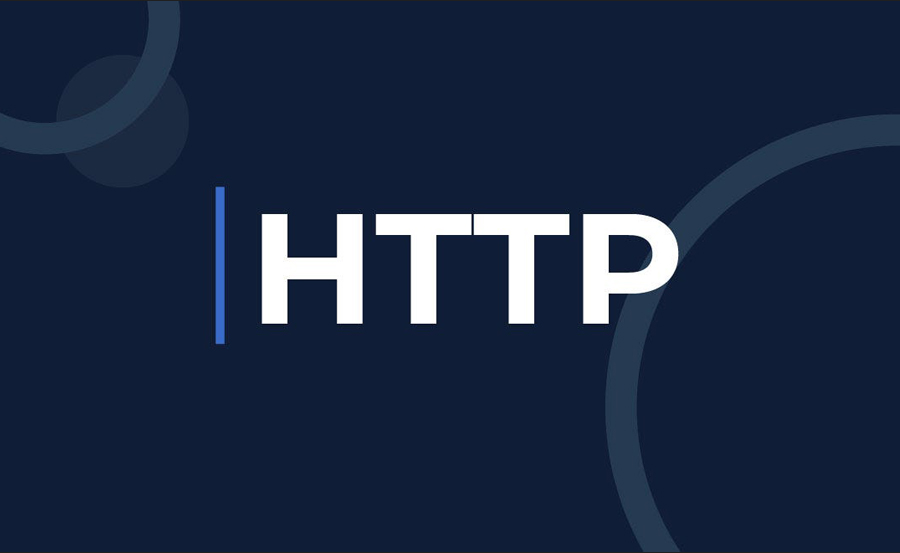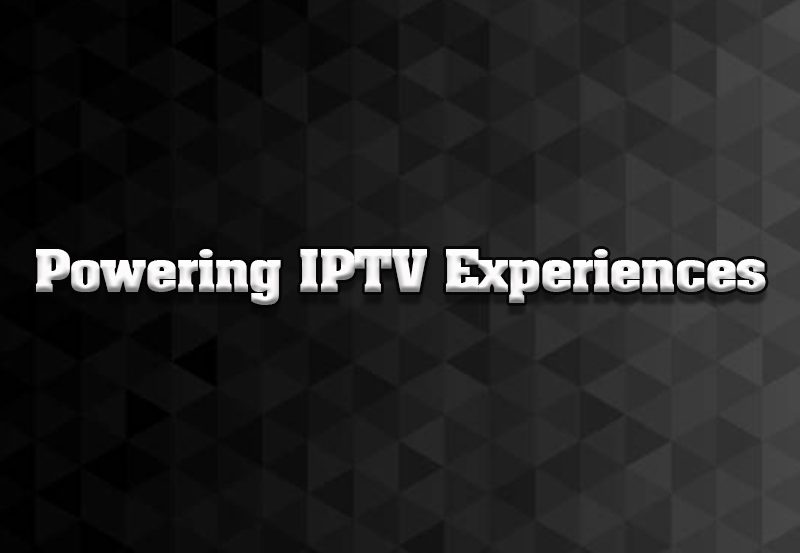TV protocols are standardized sets of rules governing the transmission of audio and video data across networks. These protocols ensure efficient and accurate data transfer from source to destination. Several TV protocols exist, each with distinct features and benefits.
Common TV protocols include HTTP, RTSP, RTP, and UDP. HTTP (Hypertext Transfer Protocol) is primarily used for transmitting web pages over the internet but can also handle audio and video data. It is a reliable and widely adopted protocol.
RTSP (Real-Time Streaming Protocol) is specifically designed for streaming media over the internet. It enables real-time transmission of live audio and video data, making it suitable for live video streaming and video conferencing applications. RTP (Real-Time Transport Protocol) is another protocol designed for real-time audio and video data transmission.
It is often used in conjunction with RTSP to provide a comprehensive streaming solution. UDP (User Datagram Protocol) is a connectionless protocol frequently used for streaming media over the internet. It offers quick and efficient data transmission, making it ideal for applications prioritizing speed.
Understanding TV protocols is crucial for selecting the appropriate protocol for specific applications, as each has unique characteristics and advantages. These protocols play a vital role in ensuring efficient and accurate audio and video data transmission across networks.
Key Takeaways
- TV protocols are the set of rules and standards that govern the transmission of audio and video content over the internet.
- Bandwidth is crucial in determining the quality of streaming, and TV protocols play a key role in managing data transfer efficiently.
- TV protocols help in reducing buffering by optimizing the delivery of audio and video content for smooth streaming.
- The choice of TV protocol can significantly impact the quality of video and audio content being streamed over the internet.
- TV protocols are essential for efficient network communication, ensuring seamless delivery of audio and video content to end users.
- UDP and HTTP are two popular TV protocols, each with its own advantages and limitations in terms of streaming audio and video content.
- When choosing a TV protocol, it’s important to consider factors such as the type of content being streamed and the specific requirements of the network and end users.
Bandwidth: How TV Protocols Impact Data Transfer
Bandwidth and TV Protocols: A Critical Combination
Bandwidth is a critical factor in determining the quality of audio and video streaming. TV protocols play a crucial role in managing bandwidth and ensuring that data is transmitted efficiently over a network. Different TV protocols have different impacts on bandwidth usage, and understanding these impacts is essential for optimizing data transfer.
Efficient Protocols for Bandwidth Conservation
HTTP is a protocol that is known for its efficient use of bandwidth. It is capable of transmitting audio and video data with minimal impact on network resources, making it ideal for applications where bandwidth is limited. RTSP and RTP are also designed to minimize bandwidth usage, making them suitable for streaming media over networks with limited capacity.
Protocols with Higher Bandwidth Demands
UDP, on the other hand, is known for its high-speed transmission capabilities, but it can consume more bandwidth compared to other protocols. In conclusion, TV protocols have a significant impact on bandwidth usage and data transfer efficiency. Understanding the bandwidth implications of different protocols is essential for optimizing audio and video streaming over a network.
Buffering: The Role of TV Protocols in Smooth Streaming
Buffering is a common issue in audio and video streaming, and TV protocols play a crucial role in managing buffering and ensuring smooth streaming experiences for users. Different TV protocols have different buffering mechanisms, and understanding these mechanisms is essential for delivering high-quality streaming experiences. HTTP is known for its reliable buffering capabilities, allowing it to deliver smooth streaming experiences even over networks with limited capacity.
RTSP and RTP also have effective buffering mechanisms that help minimize interruptions and ensure smooth playback of audio and video data. UDP, while known for its high-speed transmission capabilities, may have less effective buffering compared to other protocols, which can lead to interruptions and buffering issues during streaming. In summary, TV protocols play a critical role in managing buffering and ensuring smooth streaming experiences for users.
Understanding the buffering mechanisms of different protocols is essential for delivering high-quality audio and video streaming over a network.
Quality: How TV Protocols Affect Video and Audio
The quality of audio and video streaming is heavily influenced by the TV protocols used for transmission. Different TV protocols have different impacts on the quality of streaming media, making it essential to choose the right protocol for delivering high-quality audio and video experiences. HTTP is known for its ability to deliver high-quality audio and video streaming experiences, even over networks with limited capacity.
It is capable of optimizing data transmission to ensure that audio and video data are delivered with minimal loss in quality. RTSP and RTP also excel in delivering high-quality streaming experiences, making them ideal for applications where quality is a priority. UDP, while known for its high-speed transmission capabilities, may have limitations in delivering consistent high-quality streaming experiences due to its connectionless nature.
In conclusion, TV protocols have a significant impact on the quality of audio and video streaming. Understanding the quality implications of different protocols is essential for delivering high-quality streaming experiences over a network.
Network: The Importance of TV Protocols in Network Communication
TV protocols are essential for facilitating communication between devices on a network. These protocols govern the transmission of audio and video data over the network, ensuring that data is transmitted efficiently and accurately from the source to the destination. Understanding the importance of TV protocols in network communication is essential for optimizing audio and video streaming experiences.
HTTP, RTSP, RTP, and UDP are all designed to facilitate efficient communication between devices on a network. These protocols are capable of transmitting audio and video data with minimal impact on network resources, making them ideal for applications where efficient network communication is essential. By choosing the right TV protocol for a specific application, it is possible to optimize network communication and deliver high-quality audio and video streaming experiences.
In summary, TV protocols play a crucial role in facilitating efficient communication between devices on a network. Understanding the importance of these protocols in network communication is essential for optimizing audio and video streaming experiences.
UDP: High-Speed Transmission
UDP is a connectionless protocol that is known for its high-speed transmission capabilities. It is capable of transmitting data quickly and efficiently, making it ideal for applications where speed is a priority. However, UDP may have limitations in delivering consistent high-quality streaming experiences due to its connectionless nature.
HTTP: Reliable and Efficient
On the other hand, HTTP is a reliable protocol that is capable of transmitting audio and video data with minimal impact on network resources. It is known for its efficient use of bandwidth and its ability to deliver high-quality streaming experiences even over networks with limited capacity.
Choosing the Right Protocol
In conclusion, UDP and HTTP are both important protocols with their own unique characteristics and advantages. Understanding the differences between these protocols is essential for choosing the right protocol for a specific application.
Choosing the Right TV Protocol for Your Needs
Choosing the right TV protocol for a specific application is essential for delivering high-quality audio and video streaming experiences. There are several factors to consider when selecting a TV protocol, including bandwidth usage, buffering capabilities, quality implications, and network communication requirements. For applications where speed is a priority, UDP may be the ideal choice due to its high-speed transmission capabilities.
However, it may have limitations in delivering consistent high-quality streaming experiences due to its connectionless nature. For applications where quality is a priority, HTTP, RTSP, or RTP may be more suitable choices due to their efficient use of bandwidth and their ability to deliver high-quality streaming experiences even over networks with limited capacity. In conclusion, choosing the right TV protocol for a specific application requires careful consideration of various factors to ensure that high-quality audio and video streaming experiences are delivered over a network.
If you’re interested in setting up IPTV on different devices, you may want to check out this article on how to set up IPTV on a TVIP box. The article provides a step-by-step guide on how to configure your TVIP box to access IPTV channels, making it a useful resource for those looking to expand their TV viewing options. (source)





